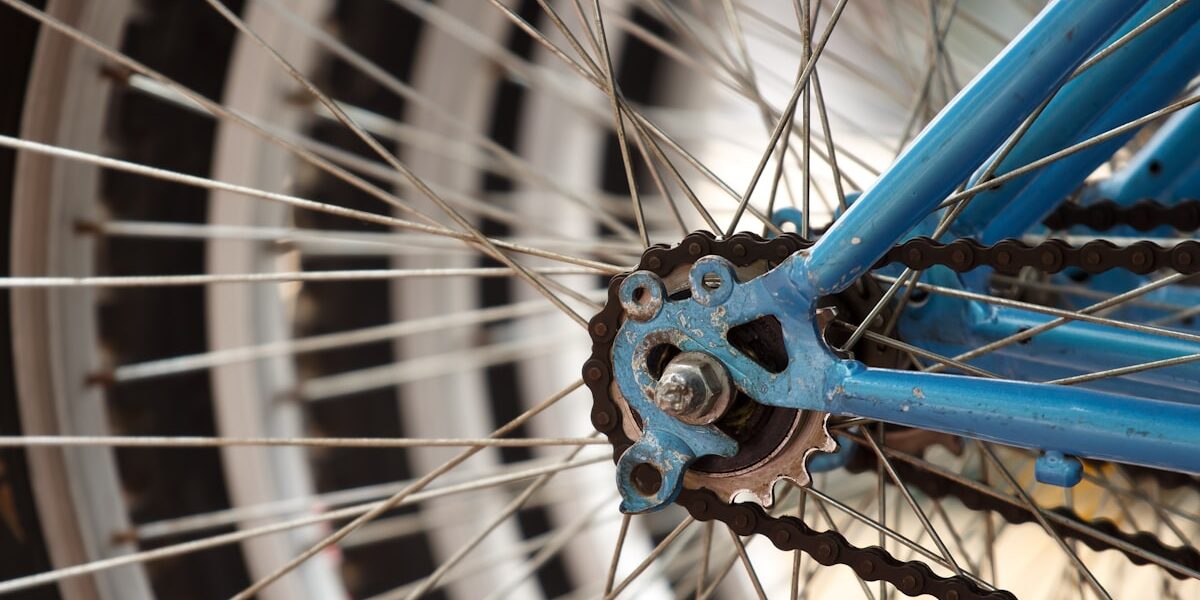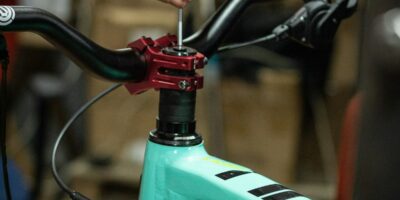Advanced Bike Care Guide
Maintaining a bike goes beyond basic cleaning. Advanced bike care requires a deeper understanding of the mechanisms and how to properly service them. This guide covers detailed maintenance tips and practices to ensure your bike performs at its best.
Essential Tools
A complete bike maintenance toolkit is crucial. Basic tools like allen wrenches, tire levers, and a bike pump are essential. Invest in a quality bike repair stand to hold the bike steady while you work. Specialized tools include a chain checker, bottom bracket tool, and a torque wrench.
Regular Inspections
Conduct a thorough inspection of your bike before each ride. Check the tire pressure using a gauge. Inspect the tires for cuts or embedded objects. Rotate the wheels to check for wobbles or side-to-side play, indicating a need for truing. Check the brake pads for wear and alignment.
Deep Cleaning
A deep clean involves more than just wiping down the frame. Remove the wheels and clean the hubs and spokes. Use a brush to remove dirt from the cassette and derailleur. Clean the chain with a degreaser and a chain cleaning tool. Rinse off all soap and degreaser residue, then dry thoroughly to prevent rust.
Lubrication Practices
Proper lubrication reduces wear and tear. Apply bike-specific lube to the chain, but avoid over-lubricating. Wipe off excess lube to prevent it from attracting dirt. Lubricate the derailleur pivot points, brake cables, and pedal threads. Use a dry lube for dry conditions and a wet lube for wet conditions.
Wheel Maintenance
Keep your wheels in top shape. Regularly check spoke tension using a spoke tension meter. True the wheels as needed to keep them straight and balanced. Check the hub bearings for play or roughness; replace them if necessary. Inspect the rims for cracks or excessive wear.
Brake System Checks
Ensuring the braking system is in good condition is critical for safety. Check the brake pads for wear and replace them if they are too thin. Inspect the brake cables or hydraulic lines for damage. Adjust the brake levers for proper engagement. Bleed hydraulic brakes if they feel spongy or soft.
Drivetrain Care
A well-maintained drivetrain ensures smooth shifting. Clean the chainrings and cassette regularly. Check the chain for wear using a chain checker; replace it if it’s stretched. Adjust the derailleur’s limit screws and indexing to ensure accurate shifting. Inspect and clean the bottom bracket area.
Suspension Maintenance
Suspension systems require special care. Clean the shock and fork stanchions after each ride. Inspect them for dirt or scratches. Regularly check and maintain the air pressure in air forks and shocks. Have the suspension serviced by a professional as recommended by the manufacturer.
Bolt Tightening and Torque
Regularly check all bolts on the bike. Use a torque wrench to ensure they are tightened to the manufacturer’s specifications. Over-tightening can damage components, while under-tightening can lead to part failure. Pay special attention to the stem, handlebar, and seat post bolts.
Caring for the Frame
Inspect the frame for cracks or dents, especially after crashes. Keep the frame clean to prevent dirt from causing abrasion. Use frame protection stickers on high-wear areas. If possible, store the bike indoors to avoid prolonged exposure to the elements.
Handlebar and Stem
Check the handlebars and stem for signs of stress or damage. Ensure the handlebars and stem are properly aligned and tightened. Replace grips or bar tape if they are worn or loose. Verify that the headset is properly adjusted and not loose.
Saddle and Seatpost
Inspect the saddle for wear and ensure it remains comfortable. Clean and lightly lubricate the seatpost to prevent it from seizing in the frame. Check the saddle height and angle periodically to ensure optimal riding position. Replace a damaged saddle to maintain ride comfort.
Electrical Components
If your bike has electronic components, such as a digital shifter or a lighting system, ensure they are functioning properly. Check the battery levels before heading out. Clean the connectors and check for any signs of corrosion. Update firmware for electronic shifting systems as recommended.
“`




Subscribe for Updates
Get the latest articles delivered to your inbox.
We respect your privacy. Unsubscribe anytime.